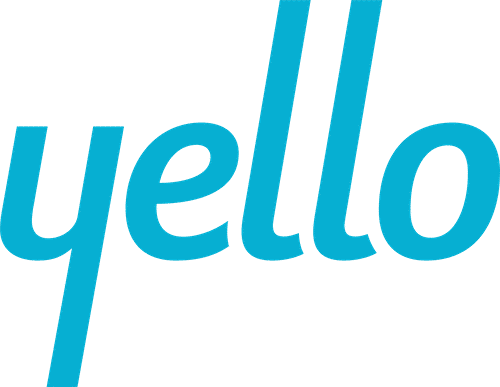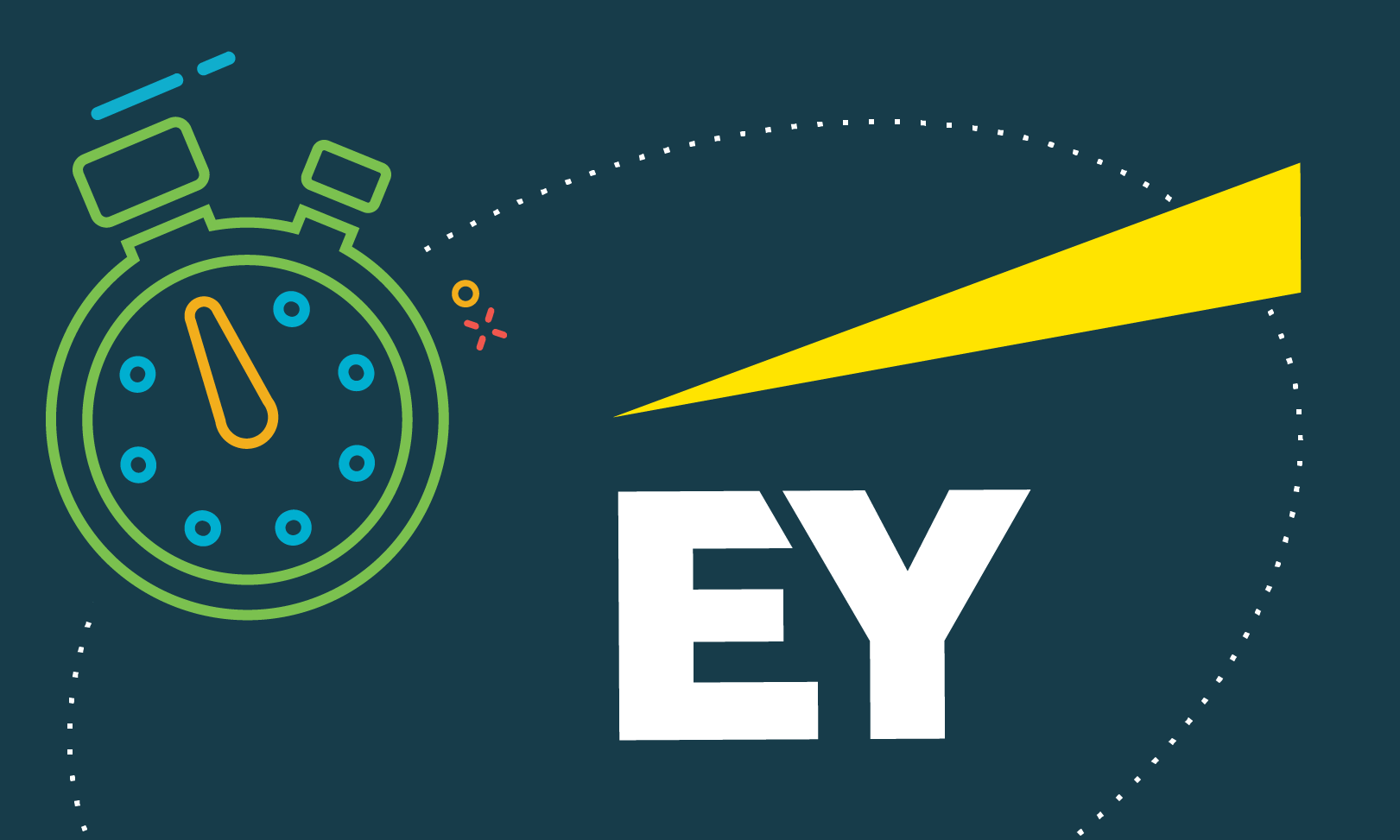EY is a leading brand on campus, hiring more than 9,000 intern and full-time hires from schools across the U.S. — and even more in other countries. But even with a top-tier reputation and a global operation, EY struggled to meet candidates efficiently on campus.
Their answer was a virtual campus recruiting strategy. After partnering with Yello initially in 2013, EY piloted Yello’s video interviewing solution in 2017. Using video interviews, the firm was able to cut initial assessment time in half and ultimately reduce overall time-to-offer by 50%.
Today, the firm uses Yello globally for event management, campus management, interview scheduling, referrals, evaluation management, automated workflows and more. Read on to learn more about EY’s virtual interview process — and 3 steps to create your own virtual recruiting strategy.
EY’s Virtual Interview Process
EY’s hiring process consists of both pre-recorded video interviews (PRVIs) and live video interviews (LVIs). Prior to COVID-19 and social distancing, the team used video interviews to accelerate the campus recruiting process or have the flexibility to continue interviewing when travel was delayed or impossible. As a response to social distancing, the firm immediately shifted all in-person interviews across the US to live video interviews in a matter of hours.
Here’s what the virtual interview process looks like for EY:
Screening
Pre-Recorded Video Interview
The firm uses a pre-recorded video interview to screen candidates, with 5-7 different questions that align with each position. Hiring managers can review the interviews on their own time and make decisions about appropriate next steps.
Technical Interview
Live Video Interview
EY requires technical interviews for some specific positions, where the team can assess specific skills and competencies that candidates will need for their position.
Final Interviews
In-Person or Live Video Interviews
As the final step, the firm conducts two live interviews — but with the flexibility to connect with candidates in-person or over video. Depending on staff preferences, these interviews may be conducted on campus, in an EY office or with Yello’s live video interview software
EY’s Virtual Campus Recruiting Results
With a virtual interview process, EY saw efficiencies throughout the organization:
Overall time-to-offer decreased by 50% with virtual recruiting
Candidate screening time was cut in half with pre-recorded video interviews
Video interviews reduced travel costs and kept client-serving staff in market
The firm also saw improvements in candidate and interviewer experience. Candidates enjoyed the flexibility of pre-recorded video interviews, with the majority completing their interviews outside of normal business hours. Interviewers also enjoyed the flexibility of pre-recorded interviews, as they could watch and assess the interviews on their own time throughout the day. EY also made streamlined interview questions and evaluation forms across the board to help their interviewers adapt to the new virtual process. Finally, candidates thought the new technology was innovative — helping to reinforce EY’s employer brand and build trust with digital native Gen Z candidates.
3 Steps to Launch Your own Virtual Campus Recruiting Strategy
In addition to sharing their own virtual process, EY gave us 3 steps for other recruiters looking to launch a virtual campus recruiting strategy of their own.
Step 1: Buy-in and Pilot.
Ensure you get buy-in from leaders as well as the hiring managers and recruiters who will be implementing the new process. You can do this by training your users — understand that virtual interviews will be different than in-person interviews. Your team needs to understand the shift in overall process, how the technology works and the reasons why your organization is shifting to virtual interviews. Then customize your technology, taking into consideration everything from the questions you’ll ask to the branding of your virtual interview room. Finally, test it out. You’ll learn so much from a pilot and can iterate to improve the process from there.
Step 2: Survey & Evaluate.
After piloting your process, surveying candidates and interviewers can help you gain insights to help you improve the experience. EY surveyed candidates — both those who received offers and those who did not — to look at the data holistically and see how different segments experienced the virtual process. From there, the firm identified themes and made enhancements to make the process more effective.
Step 3: Train, Implement & Educate.
Now it’s time for a broader rollout. Ensure you’ve considered all the stakeholders, not just staff and candidates. At schools where you have established relationships, remember to connect with career centers and faculty about the new process. EY had conversations with key university contacts before rolling out the virtual interview process, being transparent about the changes and why the firm was making them.



